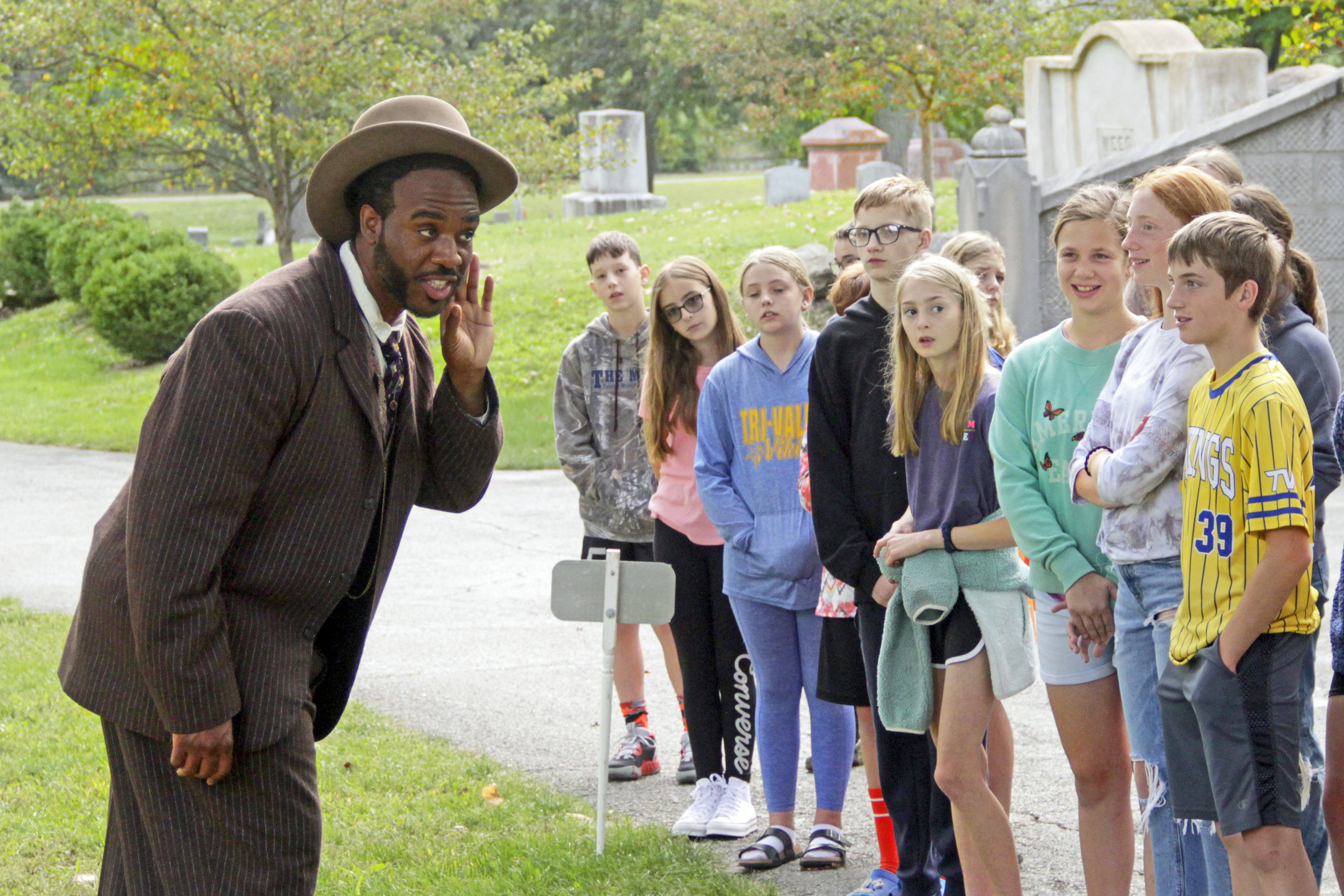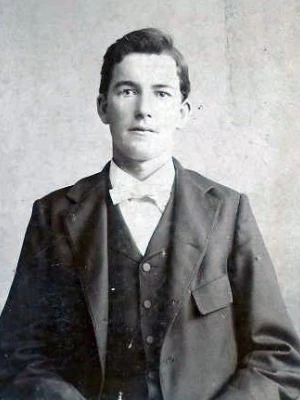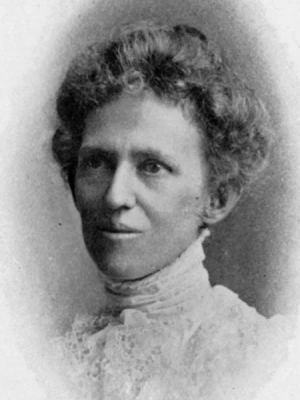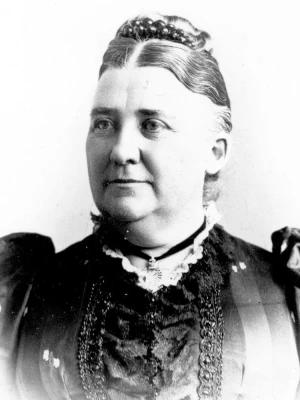
The Evergreen Cemetery Walk is a great educational program for students to participate in. Your students will develop an understanding and appreciation for cemeteries as a source for history. They will begin to understand our local history and its importance, and understand the natural connection between history and the arts.
In addition, the Cemetery Walk will help teachers meet a variety of History and English related ISBE Learning Goals and Common Core Standards.
The 2024 Virtual Evergreen Cemetery Walk will be viewable starting November 4, 2024.
Viewing Instructions for the Virtual Evergreen Cemetery Walk 2024 will be linked here.
How to Prepare For Your Tour
Below are links to PDFs on a variety of information that will be useful in preparing to bring your students to your scheduled tour of the Evergreen Cemetery Walk.
Character Packets
These packets include information on each character featured in this year's Evergreen Cemetery Walk. One character, J.J. Mayes, will only be seen by students using the virtual walk as he is a weekend-only performance. Each character's packet has a student biography, a vocabulary list, and a collection of relevant Pieces from our Past articles written by Museum staff and community collaborators.
Cemetery History, Symbolism, and Monument Information
This document includes a brief history on the evolution of cemeteries and a history of Evergreen Memorial Cemetery. Also included is information on monument materials, cemetery art and symbolism, monument types, and cemetery structures, of which many can be found in Evergreen Memorial Cemetery. This information will be very useful in helping to prepare students for participation in the Evergreen Cemetery Walk.
Standards and Educational Goals
The Evergreen Cemetery Walk is a great educational program for students to participate in. It is our intention that students will develop an understanding and appreciation for cemeteries as a source for history, that students will begin to understand our local history and its importance, and that students will understand the natural connection between history and the arts. In addition, the Cemetery Walk will help teachers meet a variety of History and English related ISBE Learning Goals and Common Core Standards.
Maps
To see a map of burial locations for this year's characters, please click here.
To see the route map for this year's walk, please click here.
Suggested General Activities
Aside from general discussion, these are activities which teachers who have attended Walks in years past have done with their students that may prove beneficial for you and your students as well.
2025 Featured Characters
We have featured 212 people in the Cemetery Walk since 1995. To read biographies of individuals featured on past Cemetery Walks, visit our biographies page.
Huggins, Sophia

Annette, Madame

Crandall, June W.

Jones, Eva

Milner, Angeline Vernon

Trotter, Georgina

Fitzwilliam, Sarah Raymond

Belt, Augustus "Gus"

Belt, Edith Pressler
